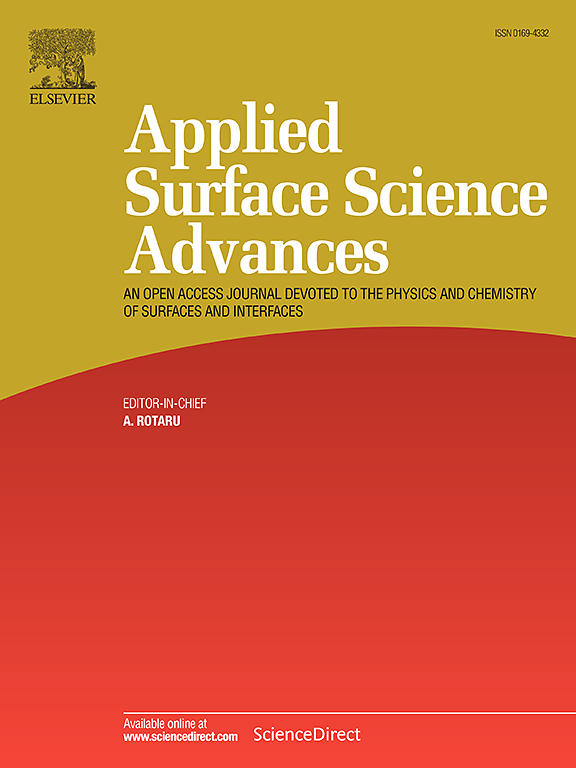Effect of Nb0.5 and Mo0.75 addition on in-vitro corrosion and wear resistance of high-speed laser metal deposited Al0.3CrFeCoNi high-entropy alloy coatings
IF 7.5
Q1 CHEMISTRY, PHYSICAL
引用次数: 0
Abstract
High-entropy alloy (HEA) coatings offer unique advantages for enhancing the surface properties of biomedical implants, including improved wear and corrosion resistance. In this study, Al0.3CrFeCoNi-based HEA coatings were produced by high-speed laser metal deposition (HS-LMD) with the addition of Nb and Mo. The coatings were characterized using X-ray diffraction (XRD), scanning electron microscopy (SEM), and energy-dispersive spectroscopy (EDS). Electrochemical corrosion tests, including potentiodynamic scanning (PDS) and electrochemical impedance spectroscopy (EIS), were conducted using Hanks' solution at body temperature to simulate the body environment. Wear tests were also performed under both dry and in-vitro conditions. Contact angle measurements were performed to assess the surface wettability, which is crucial for understanding the interaction between the coating and biological fluids. The results demonstrated that the Mo-containing coating exhibited superior corrosion and wear performance under in-vitro conditions. This was due to the slower progression of deeper corrosion attacks in unmelted particles, which minimized the micro-galvanic effects associated with the eutectic structures within these particles. Additionally, the coating's stable microstructure and effective formation of a protective passive layer contributed to its enhanced performance.
添加Nb0.5和Mo0.75对高速激光金属沉积Al0.3CrFeCoNi高熵合金涂层体外腐蚀和耐磨性的影响
高熵合金(HEA)涂层为增强生物医学植入物的表面性能提供了独特的优势,包括改善耐磨性和耐腐蚀性。本研究采用高速激光金属沉积(HS-LMD)制备了al0.3 crfeconi基HEA涂层,并添加Nb和Mo。采用x射线衍射(XRD)、扫描电镜(SEM)和能谱分析(EDS)对涂层进行了表征。采用汉克斯溶液在体温下模拟机体环境,进行电化学腐蚀试验,包括动电位扫描(PDS)和电化学阻抗谱(EIS)。还在干燥和体外条件下进行了磨损试验。通过测量接触角来评估表面润湿性,这对于了解涂层与生物流体之间的相互作用至关重要。结果表明,在体外条件下,含钼涂层具有良好的耐腐蚀和磨损性能。这是由于未熔化颗粒中更深的腐蚀攻击进展较慢,这最小化了与这些颗粒内共晶结构相关的微电效应。此外,涂层稳定的微观结构和有效形成的保护钝化层有助于其性能的增强。
本文章由计算机程序翻译,如有差异,请以英文原文为准。
求助全文
约1分钟内获得全文
求助全文

 求助内容:
求助内容: 应助结果提醒方式:
应助结果提醒方式:


